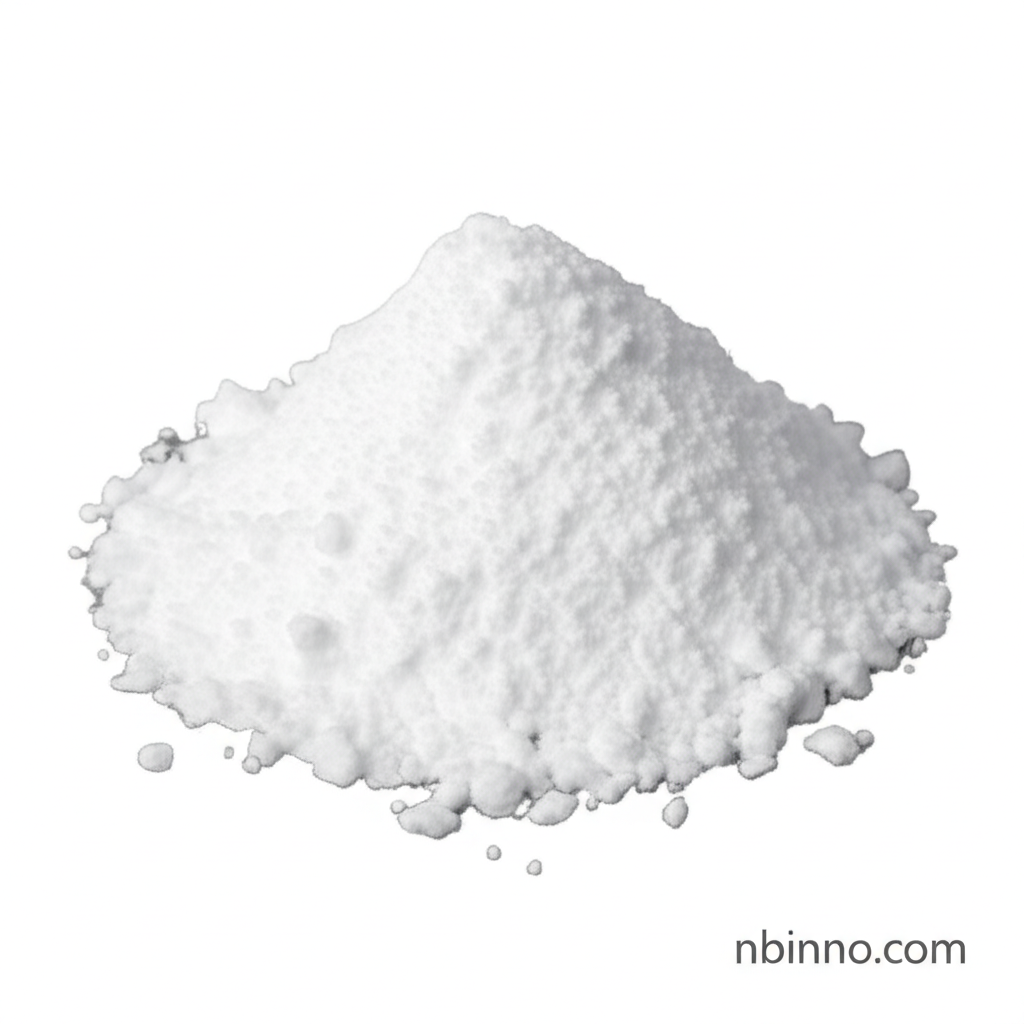Sinapine Thiocyanate: A Natural Antihypertensive Agent
Discover the science behind this potent compound from rapeseed for managing blood pressure effectively.
Get a Quote & SampleProduct Core Value

Sinapine Thiocyanate
Sinapine thiocyanate, derived from rapeseed meal, is a potent natural compound with significant antihypertensive effects. Its multifaceted action includes regulating the renin-angiotensin-aldosterone system (RAAS), enhancing nitric oxide (NO) production, and blocking L-type calcium channels, making it a promising agent for cardiovascular health.
- Exploring the sinapine thiocyanate antihypertensive effect in research models reveals its significant impact on blood pressure.
- Learn about efficient rapeseed meal sinapine extraction techniques that yield high-purity compounds.
- Understanding RAAS inhibition blood pressure management through natural compounds like sinapine offers new therapeutic avenues.
- The compound acts as an L-type calcium channel blocker natural agent, vital for vascular function.
Key Advantages
Comprehensive Blood Pressure Regulation
Sinapine thiocyanate demonstrates a robust sinapine mechanism of action for hypertension, effectively lowering both systolic and diastolic blood pressure through multiple pathways.
Natural Origin & Safety Profile
Extracted from readily available rapeseed meal, sinapine offers a plant-based hypertension natural treatment option with a generally favorable safety profile compared to synthetic drugs.
Multi-Target Therapeutic Action
Its ability to interact with RAAS, NO levels, and calcium channels provides a comprehensive approach to managing hypertension, addressing various contributing factors.
Key Applications
Cardiovascular Health Support
Utilized for its antihypertensive properties, supporting overall cardiovascular well-being by regulating blood pressure, a key aspect of hypertension natural treatment sinapine.
Antioxidant and Radical Scavenging
As an antioxidant, sinapine thiocyanate helps combat oxidative stress, contributing to cellular protection and disease prevention.
Cholesterol Management
Research indicates its potential in lowering cholesterol levels, further contributing to a healthier cardiovascular system.
Thrombosis Prevention
Its properties also suggest a role in preventing thrombosis, a critical factor in cardiovascular disease management.
